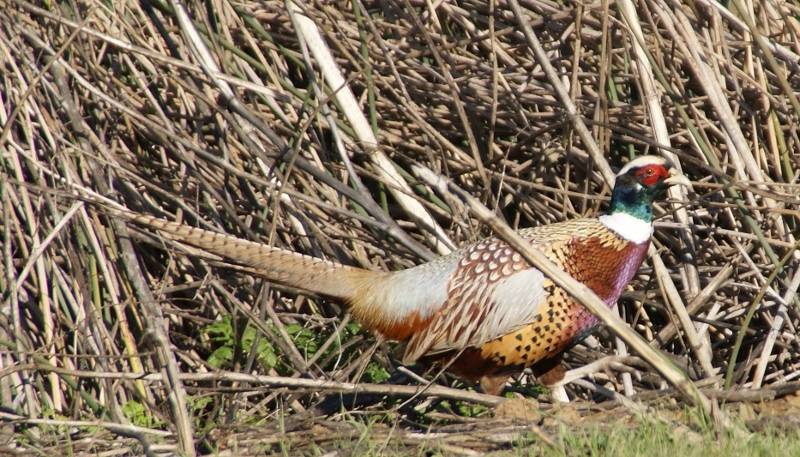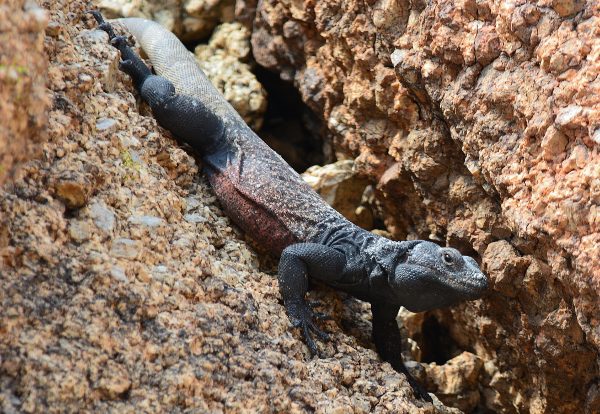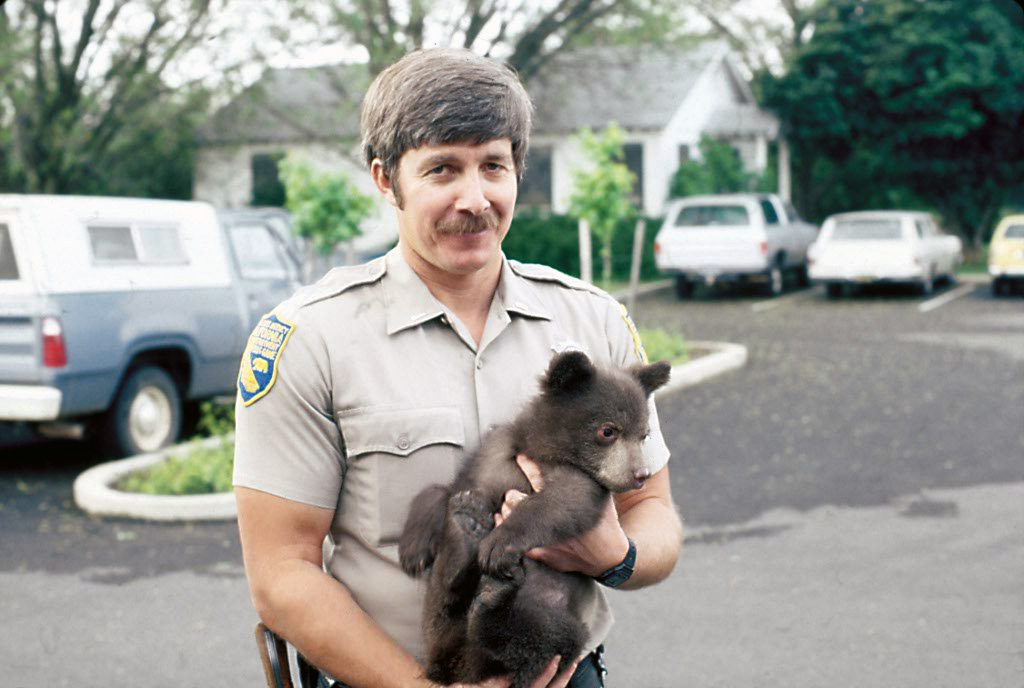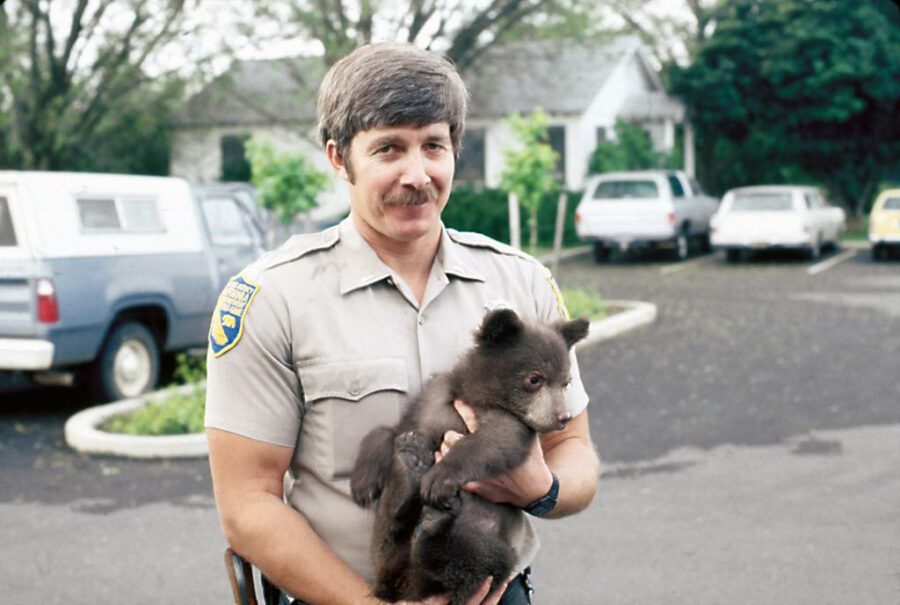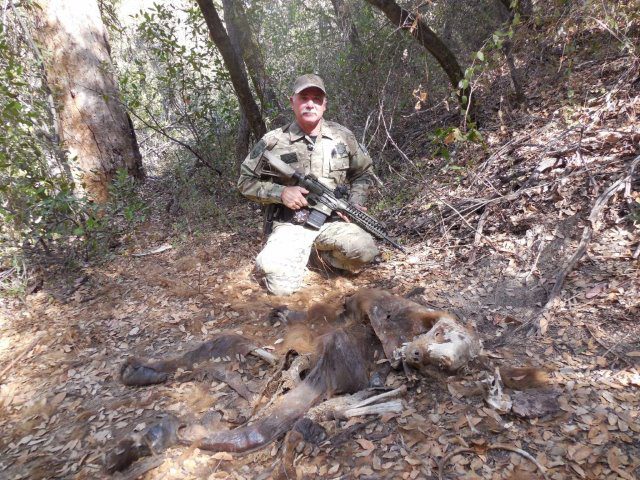Siskiyou County: The Land Beneath the Great White Mountain


Majestic Mount Shasta as it appears from Castle Crags State Park. Photo by author.
When the Outdoor Writers Association of California chose Siskiyou County as the site for this spring’s writers conference, I couldn’t have been more pleased. I’ve had a soft spot in my heart for this unspoiled land at the top of the state since I first discovered it fifty-three years ago.


